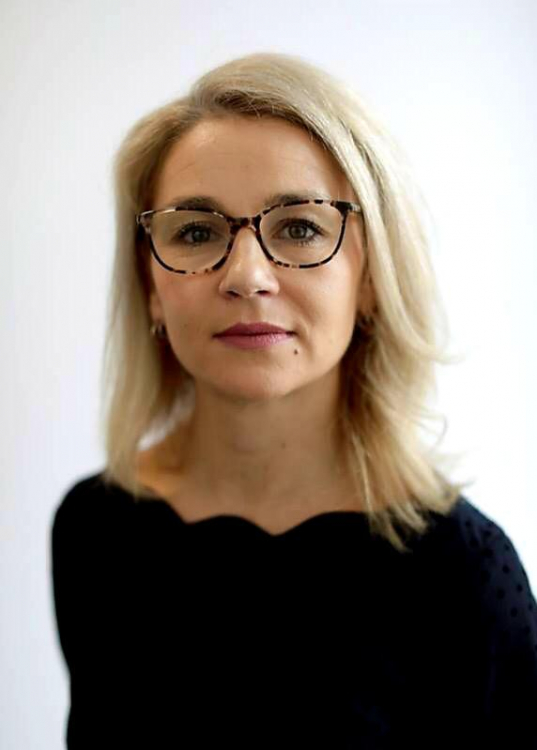Sustainability ratings on the agenda for FI SIG

Jordane Terrasse, chair of Airmic’s Financial Institutions Special Interest Group, is keen for members to suggest further topics they want to have addressed in upcoming meetings.
Sustainability ratings are a hot topic on the agenda for Airmic’s Financial Institutions Special Interest Group (FI SIG) – that’s according to Jordane Terrasse, the FI SIG’s chair, speaking to Airmic News.
These ratings are a consequence of changing trends in green investment, societal pressures and regulatory priorities in recent years in response to the climate change emergency.
“We’re looking at sustainability ratings and how insurers use sustainability data to underwrite the risk,” she says.
The landscape for ensuring the consistency of sustainability ratings, in terms of regulation and industry standards, is still nascent and evolving, she suggests.
“Each sustainability ratings provider uses their own different weights and metrics,” Jordane says.
“There is a lack of transparency as well as a potential lack of consistency there. We see this as a source of risk in itself. If you’re ‘not comparing apples with apples’, you can have discrepancies.”
The most recent meeting of the group – typically including 10 to 15 participants – included a cyber risk insurance presentation made jointly by insurer Allianz Global Corporate & Specialty and legal firm Norton Rose Fulbright.
That presentation, in June, focused on cyber, business interruption and professional indemnity coverages currently available, moving on to claims processes, with some specific examples, and the potential interpretation of covers.
“We’ve had good feedback from FI SIG members. There is much talk about cyber claims, but unless you experience that situation, it can seem very theoretical,” Jordane says. “One of the SIG members even commented that it was the clearest discussion about the cyber claims environment they had experienced in a long time.”
Another topic of interest, she says, is virtual captives (VCs). Rather than traditional captive insurance legal entities, these are structured insurance contracts, typically on a multi-year basis, between an insurer and a policyholder.
They are similar to protected cells in Protected Cell Companies or Rent-a-Captives, she explains. VCs are structured to contain a self-insurance element, in that they require extra premium that is returned, if pre-paid, to the policyholder at expiration, if not paid out in claims.
They can be used as a tool to facilitate shorter to medium-term self-insurance without the requirement to set up and consolidate a legal entity that is regulated by the insurance regulator, Jordane explains.
This increased speed and smaller required initial commitment can come at the expense of reduced freedom when it to comes to enacting changes and developing the structure, she suggests.
Also, as any profit commission is returned to the policyholder after expiry – the efficiency of the build-up of self-insurance – risk-bearing capital is reduced compared to captives.
Jordane urges members to contribute further topics that they would like to have discussed.
“We have great expertise within the FI SIG and we believe the peer group are great contributors and have so much more to bring to the SIG. We want to drive engagement to make sure we are tackling what is most key for them. After all, this SIG is their forum.”
The next FI SIG is planned for early October. For more information on the FI SIG or any other special interest group, please email Leigh-Anne Slade.
